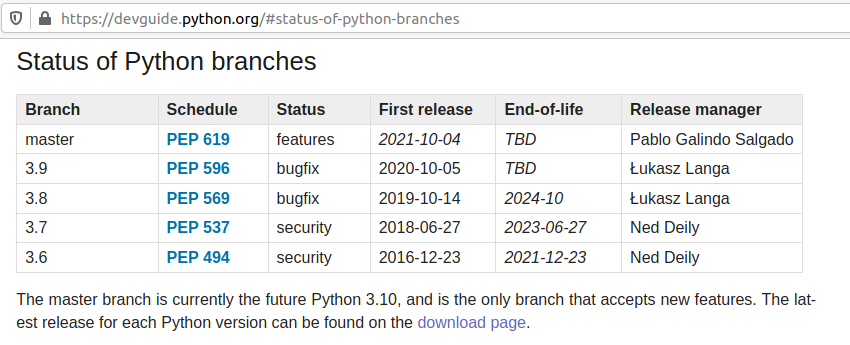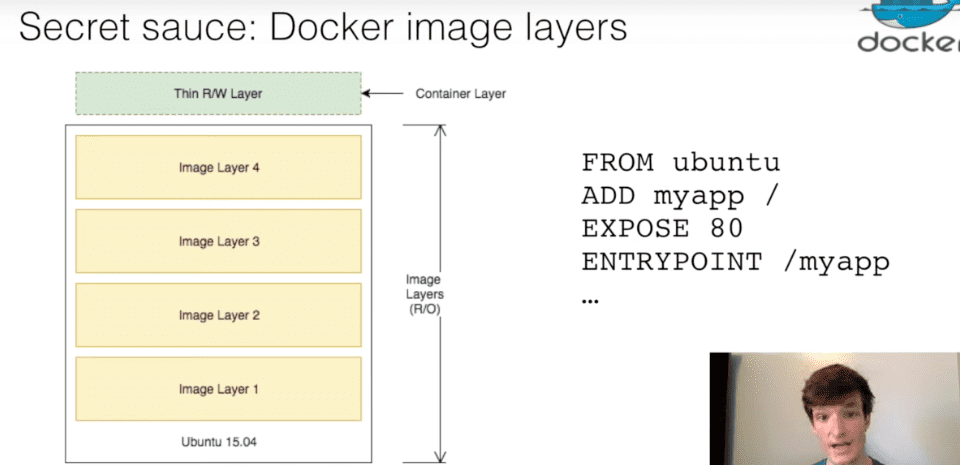

- #UBUNTU PYTHON 3.6 DOCKER CONTAINER HOW TO#
- #UBUNTU PYTHON 3.6 DOCKER CONTAINER INSTALL#
In a real development situation, you would commit your development work and let CI do its thing. Telepresence will swap the deployment back to its original state. Press Ctrl-C at your Telepresence terminal. Quit your remote pod shell ( exit) to clean up that pod. Volumes and environment variables from the remote Deployment are also available in the container. Incoming connections from the cluster to ports specified with -expose. Outgoing to cloud resources outside the cluster. Telepresence will start a new proxy container and then call docker run with whatever arguments you pass to -docker-run to start a container that will have its networking proxied. Made a live code edit and seen it immediately reflected in production. Configured your Docker service to pick up changes from your local filesystem. Routed the hello-world service to the Docker container running locally. Notice how the output has updated in realtime. #UBUNTU PYTHON 3.6 DOCKER CONTAINER INSTALL#
On OS X you can install Telepresence by running the following: You can test this by running kubectl get pod - if this works you're all set.
 Access to your Kubernetes cluster, with local credentials on your machine. kubectl command line tool (here's the installation instructions). For more information about the Engine API, see its documentation. It lets you do anything the docker command does, but from within Python apps run containers, manage containers, manage Swarms, etc. You will need the following available on your machine: A Python library for the Docker Engine API. Install Telepresence with Homebrew/apt/dnf
Access to your Kubernetes cluster, with local credentials on your machine. kubectl command line tool (here's the installation instructions). For more information about the Engine API, see its documentation. It lets you do anything the docker command does, but from within Python apps run containers, manage containers, manage Swarms, etc. You will need the following available on your machine: A Python library for the Docker Engine API. Install Telepresence with Homebrew/apt/dnf #UBUNTU PYTHON 3.6 DOCKER CONTAINER HOW TO#
In this HOWTO, we'll walk through how to use Telepresence with a containerized Docker environment to build a fast development workflow. Telepresence lets you run a Docker container locally while proxying it to your Kubernetes cluster.

Telepresence, in conjunction with a containerized development environment, gives the developer a fast development workflow in developing a multi-container application on Kubernetes. Containerizing your development environment enables your service to run in the exact same environment everywhere, from your laptop to production (for more details on the benefits of a container native development workflow, see this post by Matt Butcher.) Keeping development environments in sync is a constant pain. Fast development workflow with Docker and Kubernetes







 0 kommentar(er)
0 kommentar(er)
